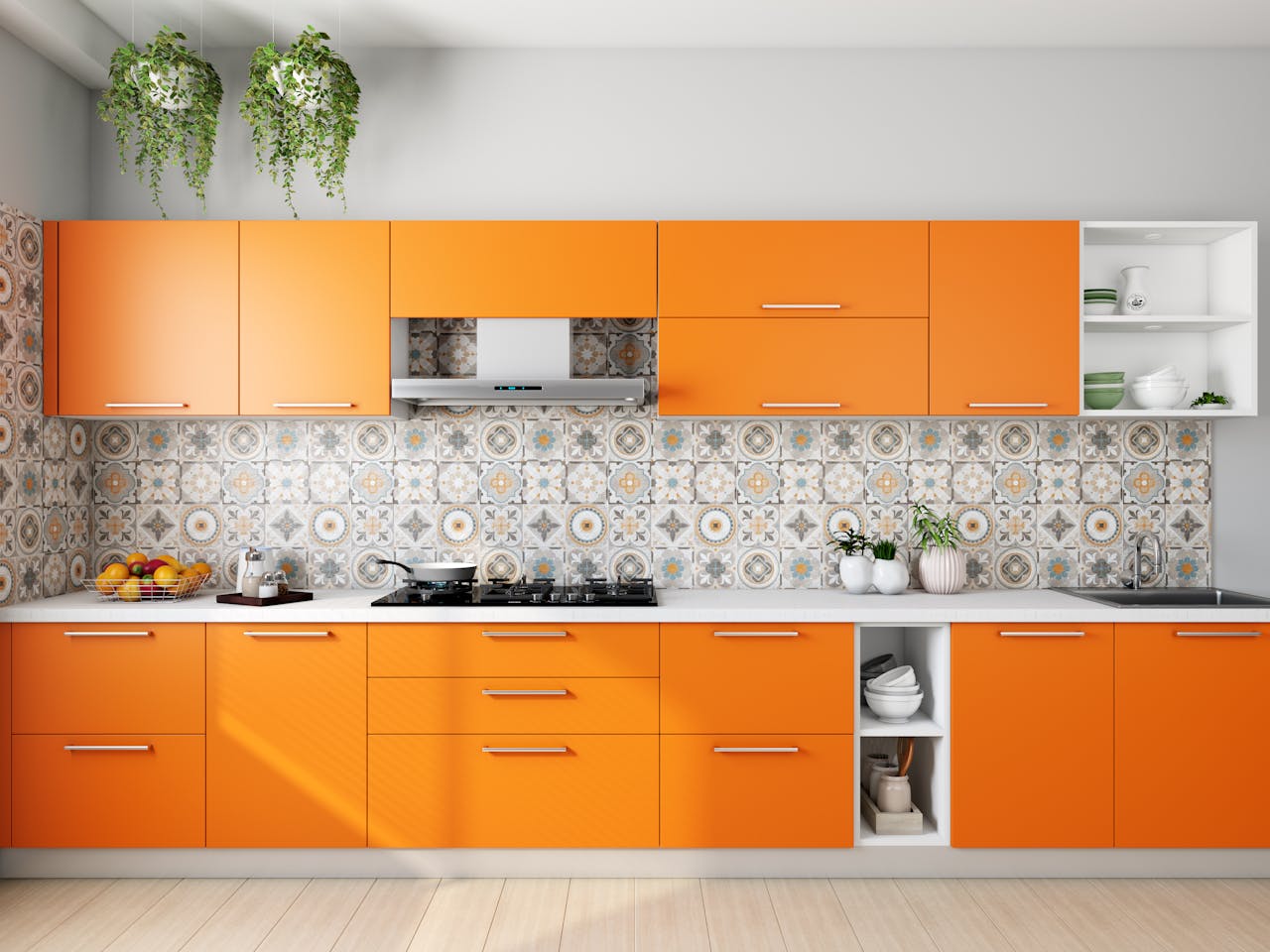
Can I Build Custom Cabinets if I Have Plaster Walls?
If you live in an older home, there’s a good chance you have plaster walls. There’s a lot to love about the character of an older home, but they can also create some unique challenges when it comes to renovations! This includes the installation of custom cabinets. You might wonder if adding custom cabinetry to your plaster-walled home is even possible, or if you’ll have to resort to floor-based options. Fortunately, building custom cabinets with plaster walls is entirely possible—you just need the right approach.
If you’d like a quote or free design consultation regarding custom cabinets in Alexandria or elsewhere throughout NOVA and Maryland, give us a call. We’d be happy to speak with you.
Understanding Plaster Walls
Unlike drywall, which is relatively lightweight and easy to install, plaster requires a combination of lath (typically strips of wood or metal) and layers of plaster that bond to form a hard, solid surface. While plaster has plenty of benefits, it’s more challenging to work with because it’s less forgiving than drywall. Plaster can crack or crumble if it’s drilled into carelessly, and it doesn’t respond well to excessive weight without reinforcement.
However, these characteristics don’t mean you can’t install cabinets. Custom cabinets, with the right installation techniques and support, can work beautifully with plaster. Many older homes in southern Maryland and DC have plaster walls, and with a few extra steps, you can add custom cabinetry that complements the home’s unique charm.
Why Are Studs Much Harder to Find Behind Plaster Walls?
Studs can be tricky to locate behind plaster walls because of the way plaster walls are constructed. Unlike drywall, plaster is applied in thick layers over wood or metal lath, creating a solid, dense surface. This thick layer often confuses standard stud finders, which struggle to penetrate both the plaster and lath to locate the studs accurately. Older homes also tend to have irregularly spaced studs, sometimes placed at varying distances, making them harder to find. Additionally, the dense nature of plaster walls reduces the distinct sound changes typically heard when knocking on drywall. Professionals often rely on specialized tools or techniques to locate these elusive studs without damaging the wall in the process.
Reinforcement is the Key to Success
One of the main challenges of working with plaster walls is supporting the weight of the cabinets. Unlike drywall with its easily-accessible studs, plaster alone cannot hold the weight of cabinetry, especially when filled with kitchenware or storage items. When installing cabinets you have to find the studs or secure the cabinets to the lath for solid support. In older homes, studs might be further apart than in modern construction, so knowing where they’re located makes a big difference.
Stud finders can help locate studs behind plaster, though they aren’t always reliable on thick plaster surfaces. For this reason, a professional installer often uses more advanced techniques to locate solid support behind the walls. They may also reinforce the installation with anchors that grip the lath and plaster, providing additional stability.
Choosing Cabinet Designs That Work with Plaster
Custom cabinets offer flexibility, allowing you to choose designs that work well with plaster walls. Frameless cabinets, for example, reduce the need for excessive anchoring and are often a good fit in homes with plaster. They attach to the wall with minimal hardware and allow for smooth installation.
When designing custom cabinets, you can also consider light materials for doors and drawers. Using lighter materials keeps the overall weight down, reducing stress on plaster walls. Lighter woods or composite materials can look elegant while still creating a sturdy storage solution. Plus, lighter cabinets are easier to install, making them an ideal option for kitchens or built-ins on plaster surfaces.
Protecting Plaster During Installation
When installing cabinets on a plaster wall, we take extra care to use methods that minimize pressure and potential cracks. If cabinets need to be drilled into the wall, it’s done slowly and carefully to avoid cracking the plaster. Pilot holes almost come first of course, and this reduces the stress on the plaster as screws are inserted.
It’s also wise to add felt or rubber pads between the cabinets and plaster. This padding protects the wall and absorbs small movements, which can reduce potential damage over time.
Work with Professionals Who Understand Plaster
Plaster walls are unique, so working with professionals who understand their nuances can make a big difference. Experienced installers know how to handle plaster with care, use the right reinforcements, and ensure that cabinets are securely in place. They’ll work with you to design cabinetry that complements your space, adds value, and works seamlessly with the existing structure.
My Closet Guys serves homeowners throughout southern Maryland and the Washington, DC, area, specializing in custom cabinetry for homes of all styles and ages. Whether you’re dealing with plaster walls or just want a custom solution, we’re here to help. Contact us to discuss how custom cabinets can elevate your space without compromising the beauty of your walls. Plaster walls may require special care, but with the right approach, they’re the perfect backdrop for beautiful, functional cabinetry.

